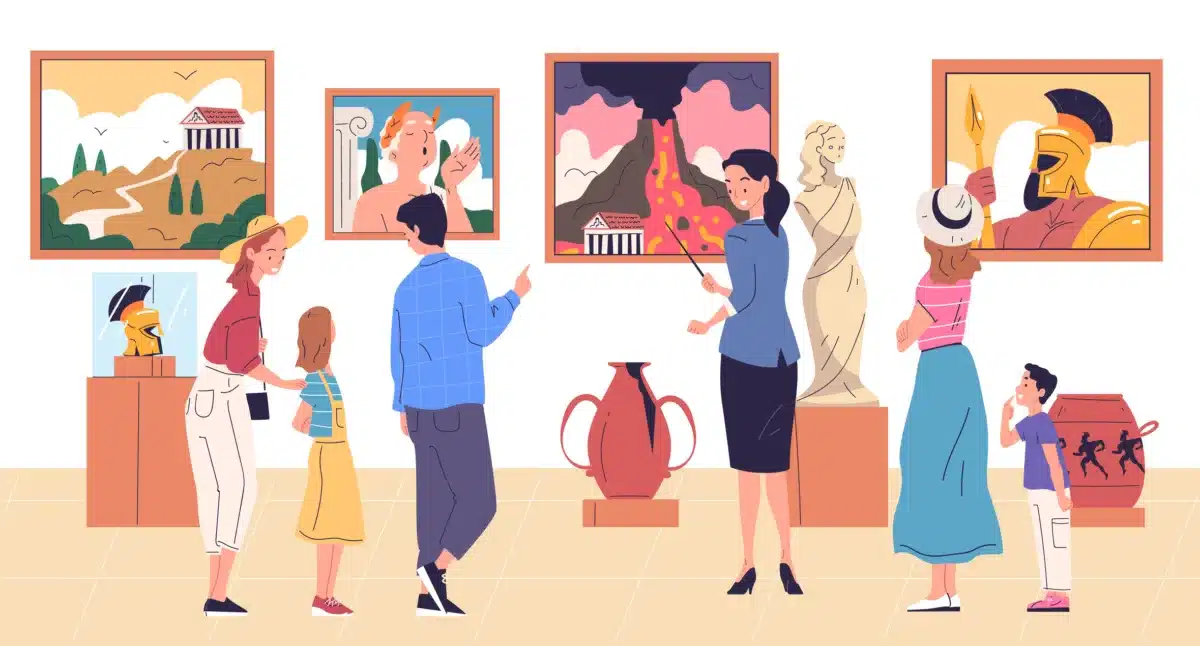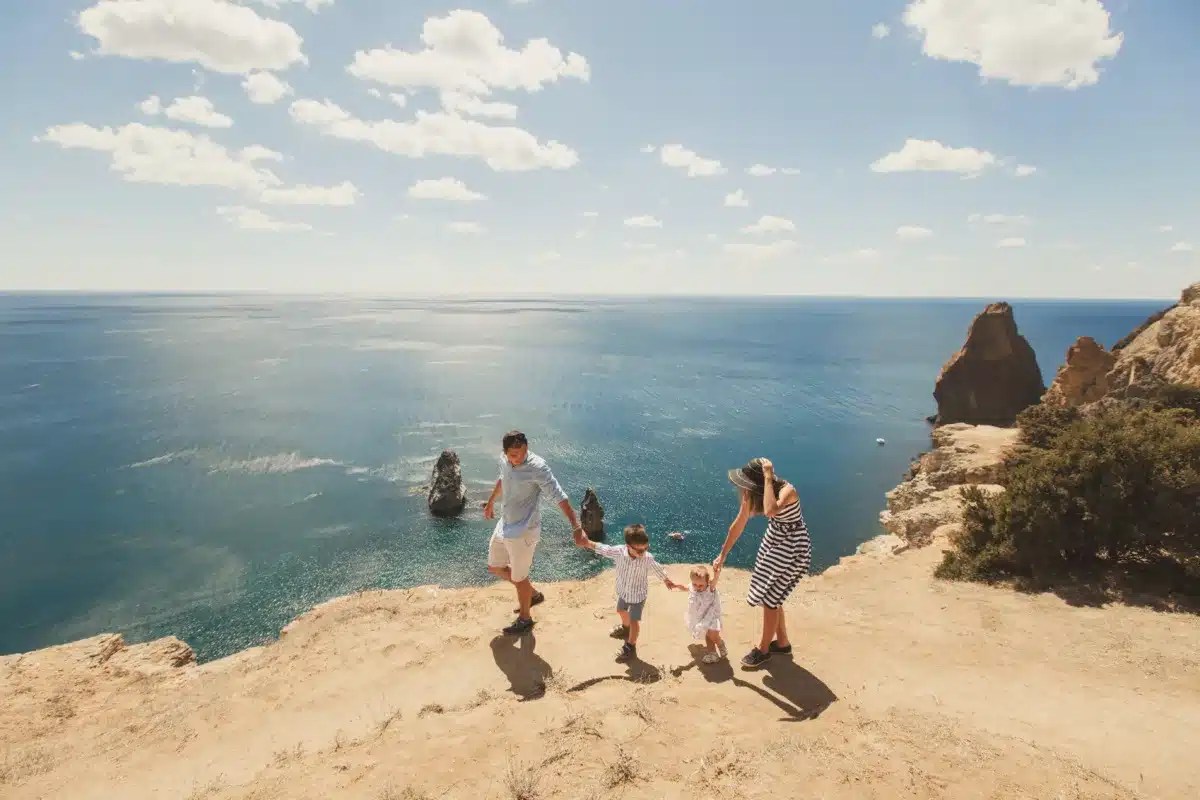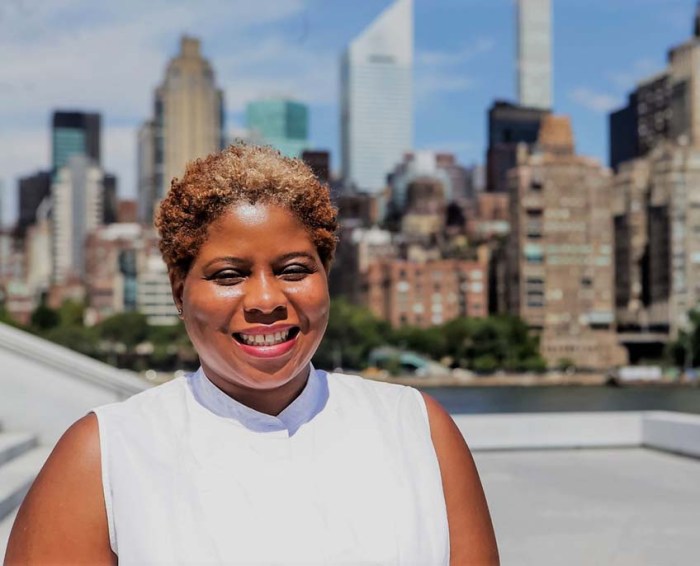Ernest Hemingway’s writing captivated millions through its simple and bold approach.
The Morgan Library’s “Ernest Hemingway – Between Two Wars,” which runs until January 31st, offers an insider’s look at the writer’s life and creative process.
A collection of his manuscripts, letters and personal memorabilia, which were gathered with the help of the John F. Kennedy Presidential Library, are organized as a timeline of Hemingway’s life from 1919-1939.
From a tea-invitation sent by Gertrude Stein to a letter from F. Scott Fitzgerald, the documents on exhibit reveal that Hemingway’s mentors were also his closest friends. “Gertrude Stein and me are just like brothers and we see a lot of her,” Hemmingway once bragged to his friend Sherwood Anderson.
The collection of the writer’s personal memorabilia includes his high school yearbook, passports, service medal, dog tags and bullfighting ticket stubs.
Drafts written on telegraph office stationery, hospital notepads and Western Union paper show his propensity to write on anything.
One of the most telling details that reappears throughout the exhibit is how much control Hemingway exercised over his work. He had a hand in every step of his books’ publications, including the physical appearance.
After seeing the final design of “A Farewell to Arms,” Hemingway disapprovingly wrote to his publisher Maxwell Purpose “to hell with all of it — all I get out of this book is disappointment.”
Handwritten manuscripts illustrate that Hemingway crossed out entire paragraphs while writing and made countless edits over the smallest details. He also compiled lists of possible titles for his books upon completing them and carefully chose the order that each short story would appear in his collection of short story books.
The exhibit doesn’t shy away from the cloudier moments of Hemingway’s relationships, either. His parents disapproved of the topics he wrote about, for example.
“You see I’m trying in all my stories to get the feeling of the actual life across — not just depict life — or criticize it — but to actually make it alive,” Hemingway wrote in a letter to his father. “You can’t do this without putting in the bad and the ugly as well as what is beautiful. Because if it is all beautiful you cant believe in it. Things arent that way.”
IF YOU GO:
“Ernest Hemingway: Between Two Wars,” The Morgan Library & Museum, 225 Madison Ave., Sept. 25-Jan. 31. Themorgan.org

















